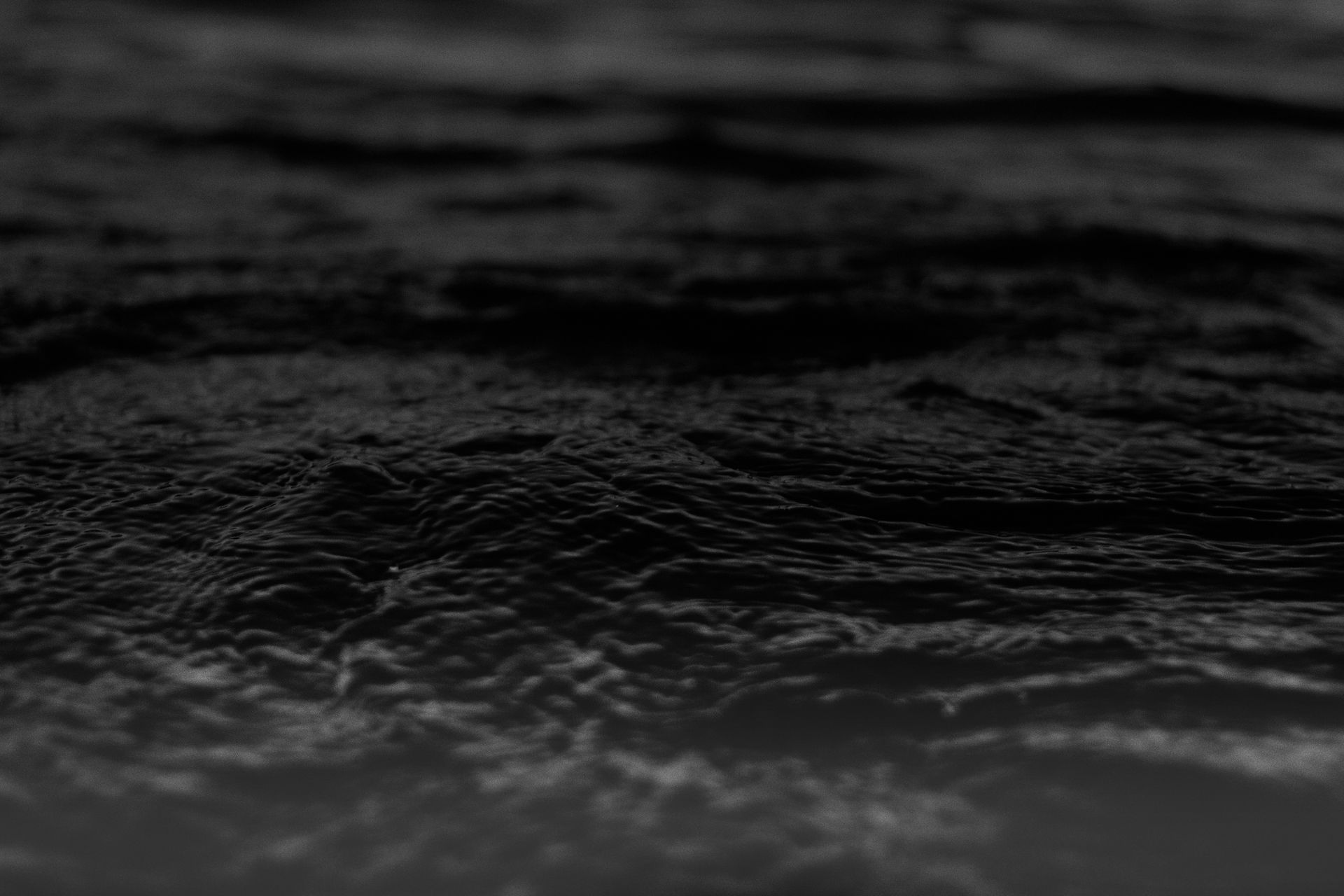
WALTZ (D9-G9)/WALTZ for piano
Year composed
1989/2004
Scored for
Versions: Ensemble -Vibes, Marimba, Clarinets, Keyboard/Piano Solo
Duration
12 minutes (ensemble version), 10 minutes (for piano)
Availibility
Buy
About
Commission of Zagreb Music Biennale, premiered on APR 11 1989 by Zeitgeist Ensemble. Version for piano solo was premiered in Zagreb, on MAR 12 2005 by Katarina Krpan
CD Igor Kuljerić Hrvatski suvremeni skladatelji, Ansambl Zeitgeist (Cantus, HDS, HRT, 2003)
CD 3/4, Katarina Krpan (Cantus, HDS, HRT 2005)
Program notes
original title: Valcer (D9-G9)/ Valcer
...Waltz as a document of the "disintegration aesthetics", which, drastically combined through tradition, also relies on the "objectivity aesthetics" (Stravinsky's neoclacissism is the ground, launching Kuljeric's Waltz into the unknown, which is so unknown that one can hardly discern a waltz!)...An eye-catching feature of Waltz is a relation between compositional-technical procedures and the sonority determined by the line-up. The composer himself defines the compositional-technical procedures as a shift of the "known" and "exhausted" cores of sound associations into "different" spatial relations and contexts. (from a comment on the premiere at the 1989 Biennale)
His Valcer (2004) - an arrangement of his 1989 Valcer (D9-G9) - provides an excellent example of an imagination that stretches the boundaries of the waltz as traditionally conceived, yet carefully preserves a fragility which allows it to be identified as such. Its emotional impact and power of expression go beyond that of a miniature, although the composer has, on a formal level, obeyed certain rules which maintain the structure of the whole. In Kuljerić's Waltz there is neither joy nor sorrow, with the composer's highly individual style controlling the work's parameters and organizing all their interrelationships. (Zlatko Madžar, from the cd booklet)Valcer (D9-G9)/ Valcer